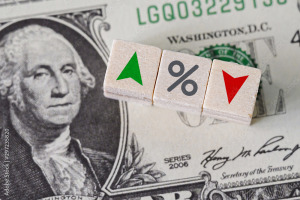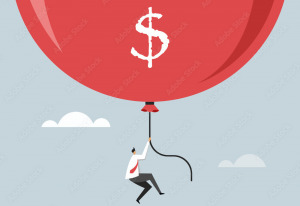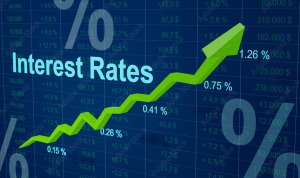
Fed leaves interest rates unchanged but signals cuts are coming
The Federal Reserve indicated Wednesday that it’s nearing a long-awaited shift toward cutting interest rates, a sign that its officials have grown confident that they’re close to fully taming inflation.








